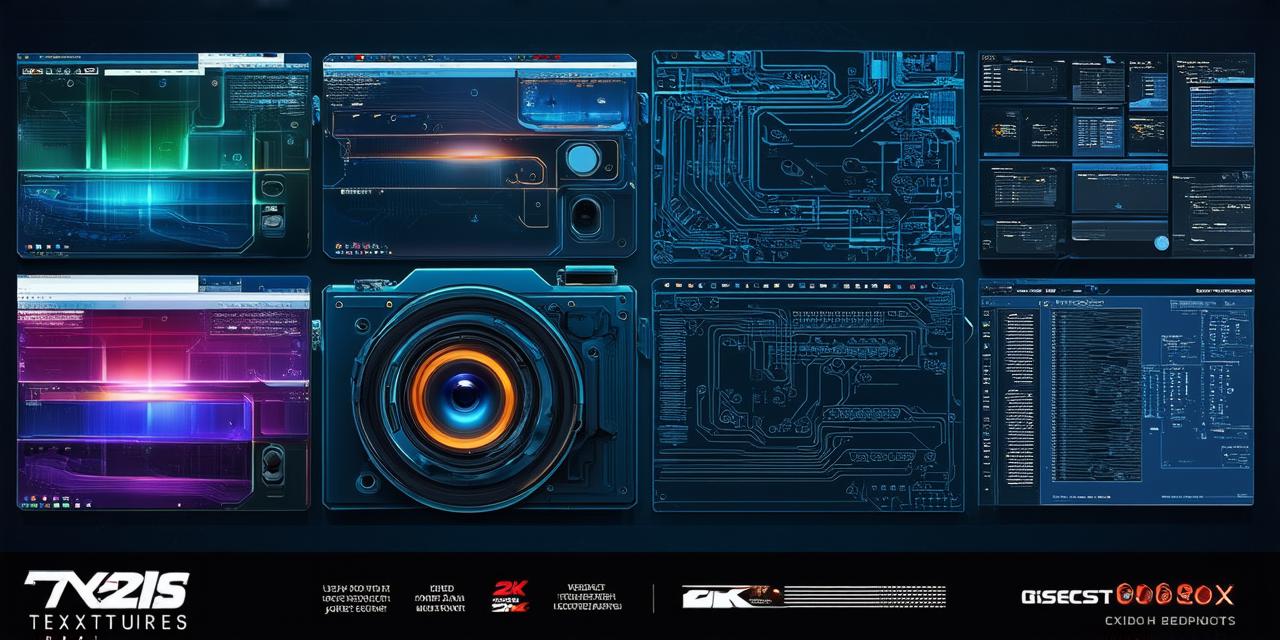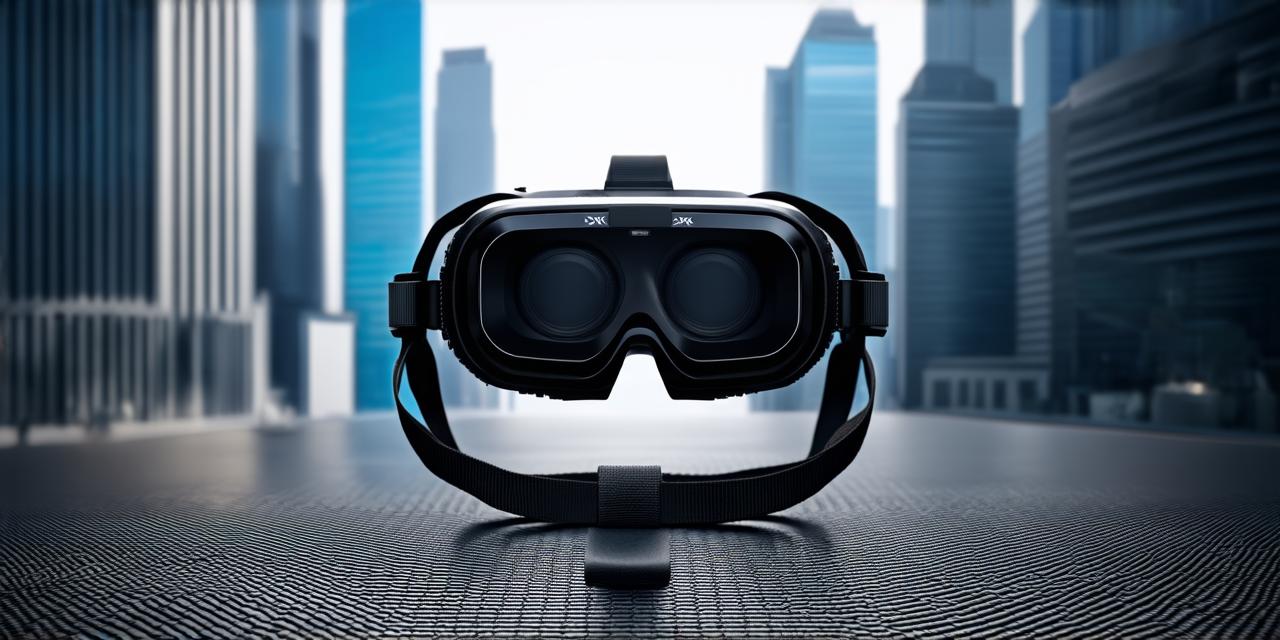Introduction
In the realm of virtual reality, a unique aspect that sets it apart from traditional screen-based media is the use of distinct images for each eye. This technique, known as stereoscopic rendering or binocular rendering, plays a crucial role in creating an immersive and realistic VR experience.
The Human Visual System
To understand why this method is used, let’s first delve into the human visual system. Our eyes are separated by approximately 6.5 centimeters, and each eye captures a slightly different perspective of the world due to this spatial offset. This slight difference allows our brain to perceive depth and three-dimensionality.

Stereoscopic Rendering in VR
In virtual reality, stereoscopic rendering mimics this natural process by presenting separate images to each eye. Each image is slightly different, simulating the slight difference in perspective that our eyes naturally experience. This technique fools our brain into perceiving depth and space, creating a more immersive and realistic VR environment.
The Role of Head Tracking
Head tracking technology further enhances this effect by adjusting the images in real-time as the user moves their head. This movement changes the angle from which each eye views the virtual world, providing a more accurate representation of how our eyes perceive depth and space in the real world.
Benefits of Stereoscopic Rendering
The use of stereoscopic rendering in VR offers several benefits. It significantly improves the sense of immersion, making users feel as if they are truly present within the virtual environment. This can lead to a more engaging and enjoyable user experience. Additionally, stereoscopic rendering can help reduce symptoms of motion sickness, as it provides a more natural and stable visual representation of movement.
Conclusion
In conclusion, the use of distinct images for each eye in virtual reality is a crucial aspect that contributes to creating an immersive and realistic experience. By mimicking the way our eyes naturally perceive depth and space, VR can transport us into new worlds and provide us with unique and captivating experiences. As VR technology continues to evolve, we can expect further refinements in stereoscopic rendering that will only serve to enhance this immersive potential.



